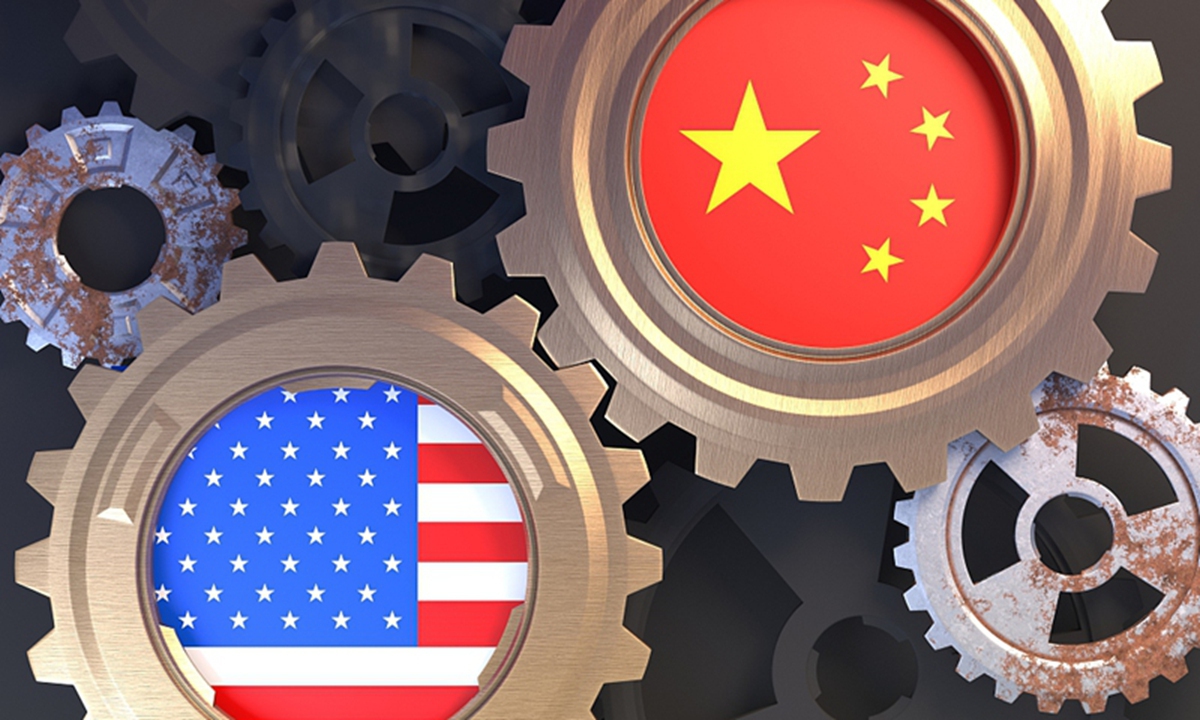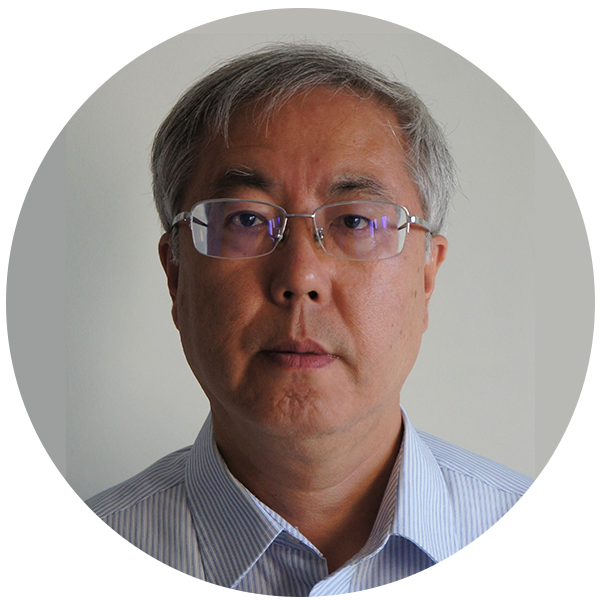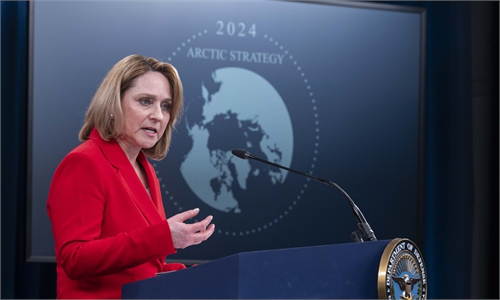Math Olympiad mirrors US-China talent rivalry

China US
In a twist worthy of a Hollywood screenplay, the US team recently edged out Chinese team by a mere two points in the 2024 International Mathematical Olympiad (IMO), ending China's decade reign.
Each team has six representatives, and there are six problems, each worth 7 points, with a total of 252 points. The US and China are ahead of third-place South Korea by 20 points, reflecting the competitive edge of the two countries, as well as their consistent performance in math.
But here's the kicker: A quick glance at the US roster reveals a plot twist - at least four of the six team members are highly likely of Chinese descent as they have Chinese surnames.
This unexpected "Chinese vs Chinese-American" showdown adds a layer of intrigue to the competition.
Visit any top US high school, and you'll find honor rolls peppered with many Asian surnames, a testament to the academic prowess of immigrant families.
This reflects the traditional cultural background that emphasizes education, especially among immigrant families like those in the Chinese community.
This is why China rose so quickly after its reform and opening-up began at the end of 1970s. The reforms unleashed a traditional spirit among Chinese people that values education, hard work and commitment to study.
The IMO, a cerebral gladiatorial arena where nations pit their brightest young minds against fiendishly tricky math problems, has impressively grown from seven countries to over 100 countries and regions. The IMO has become a significant proxy battlefield for global talent potential and primary education.
This mathematical tug-of-war mirrors the broader US-China rivalry.
China's educational system, turbo-charged by the country's economic reforms, has produced a formidable talent pipeline.
The US, meanwhile, relies on its ability to attract global brainpower, with Chinese-Americans often leading the charge.
A friend recently joked after visiting Silicon Valley, "The fierce competition that politicians talk about between the US and China is really between Chinese nationals and Chinese-Americans."
The US is the largest importer and beneficiary of global talent. A central aspect of its international talent strategy is an open approach that attracts individuals worldwide. Consequently, incorporating diverse global talent is now a fundamental principle of US immigration law.
About one-third of the researchers and engineers working in Silicon Valley are international immigrants. Since the first Nobel Prize was presented in 1901, 34 percent of all winners from the US were immigrants.
This talent tussle offers a crucial lesson for China: While it boasts world-class primary education and cutting-edge technologies, its next challenge is to become a talent magnet, attracting international brains - including overseas Chinese - to fuel its future growth.
American companies leverage global talent to secure top positions in high technology, while Chinese companies often rely on local talent to push forward. The difference now is that many Chinese companies that have gone international have gained the strength to attract global talent. They are establishing talent hubs one after another and are resiliently advancing their layout of worldwide talent and R&D centers despite the constraints imposed by the US.
Leveraging global talent to enhance China's development and openness through cooperative mutual benefit is another challenge for the country, especially for Chinese companies stepping on the world stage.
The author is a senior editor with People's Daily, and currently a senior fellow with the Chongyang Institute for Financial Studies at Renmin University of China. dinggang@globaltimes.com.cn. Follow him on Twitter @dinggangchina




